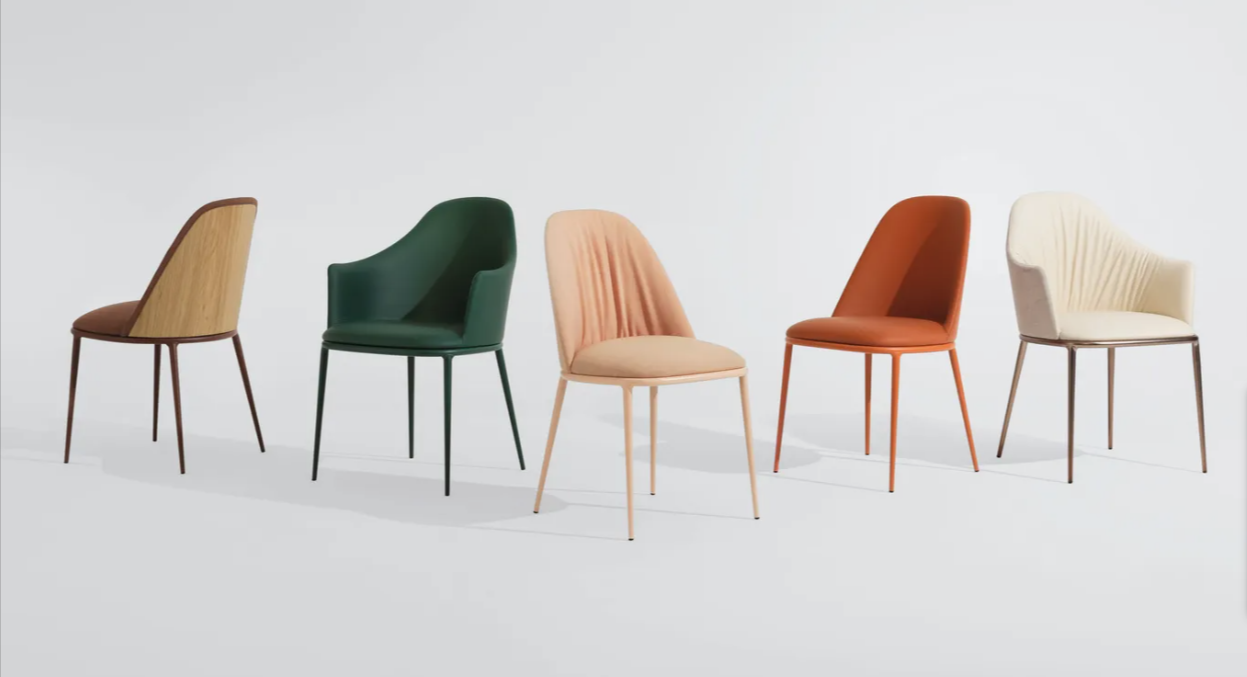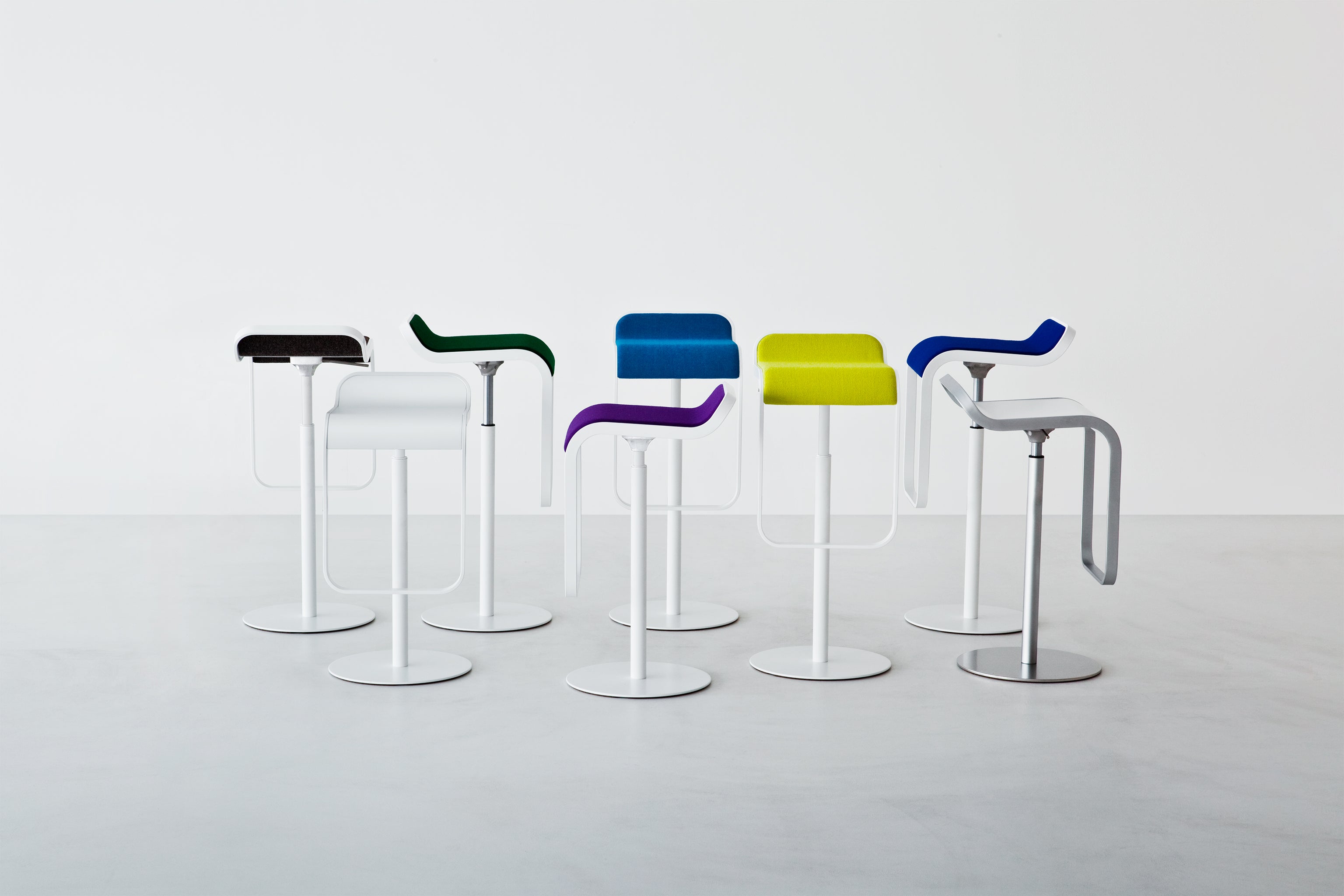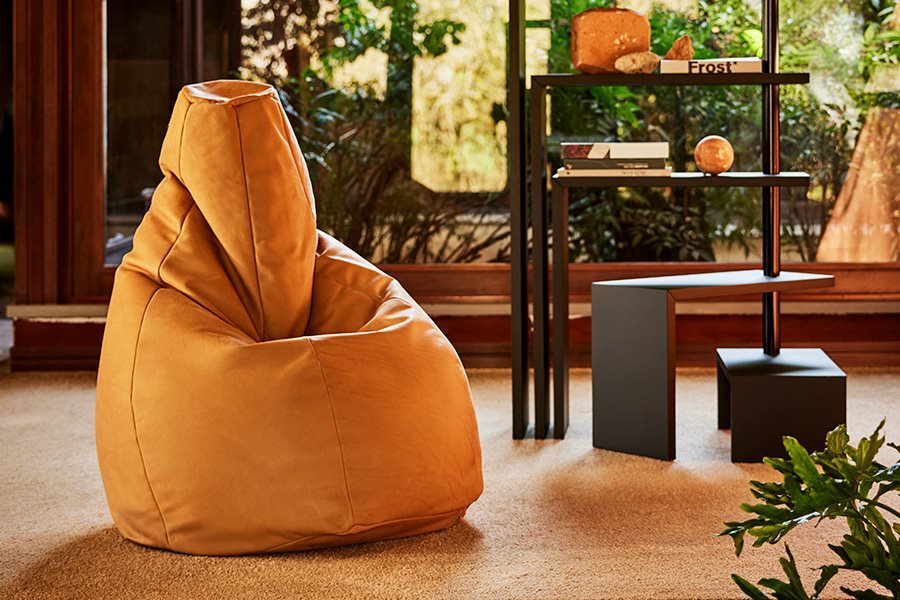
Why are Luxury Chairs so Expensive? The Real Breakdown
Are Luxury Chairs Really Worth the High Price Tag?
Luxury chairs, designer furniture, and those high-end seating options that exude uniqueness and opulence can be jaw-dropping when it comes to their price tags. Many wonder why designer chairs cost so much, and the answer is far more nuanced than mere profiteering. Let's delve into the reasons behind the high cost of luxury chairs and why they're often worth the investment.
Why Do Designer Chairs Cost So Much? Here’s Why They Might Be Worth It
1. What Makes the Materials in Designer Chairs Exceptional?
- Designer chairs are crafted from top-tier materials such as premium wood and genuine leathers. These materials are chosen for their superior quality and durability. You can explore our article on "Six Brands that Make the Best Luxury Dining Chairs" to learn more.
- Unlike their mass-produced counterparts, luxury chairs are made to stand the test of time. The rich textures and natural grains of these materails add to their aesthetic appeal.
2. The Role of Skilled Artistry: How Expert Craftsmanship Adds Value:
- Artisans, not machines, meticulously craft luxury chairs. Skilled craftsmen invest their time, expertise, and attention to detail in creating each piece.
- These craftsmen bring traditional woodworking techniques and expertise into play, ensuring that every chair is a work of art in itself.
3. How Reputation and Brand Value Influence the Price of Designer Chairs:
- Designer furniture brands have built a reputation for excellnce over the years. The name and recognition associated with these brands contribute to the high cost.
- Owning a piece from a prestigious designer label is often seen as a status symbol and an investment in a timeless work of art.
4. Why Unique Design and Functionality Matter in High-End Chairs:
- Designer chairs aren't just about aesthetics; they are meticulously designed for both form and function. These pieces often set new standards in ergonomics and comfort.
- The real value in designer furniture lies not only in how it looks but in how it functions – a principle epitomized by visionaries like Steve Jobs.
5. How Research and Development Drive the Cost and Quality of Designer Chairs:
- Extensive research and development go into creating designer chairs. These products undergo a rigorous design and testing process to ensure they meet the highest standards of quality and functionality.
- Designer chairs are engineered for durability and long lasting performance, making them a sound investment
6. How Quality Materials Ensure Longevity in Luxury Chairs:
- Designer chairs are built to withstand the test of time. They often incorporate solid wood and high grade plywood which ensures the furniture ages gracefully.
- Unlike their mass-produced counterparts made from engineered wood products, luxury chairs are constructed to endure decades of wear and tear.
The price of luxury chairs reflects a combination of exceptional materials, skilled craftsmanship, brand value, unique design, and a commitment to quality and longevity. While the initial cost may seem steep, these chairs are investments in both art and comfort. So, the next time you contemplate the expense of designer furniture, you'll understand the intricacies behind the price tag and why it's often a worthwile choice for those seeking the perfect blend of form and function in their seating.
Key Takeaways: Why Do Designer Chairs Cost So Much?
- Material Quality: Luxury chairs are made from premium materials like high-grade wood and genuine leather, ensuring durability and aesthetic appeal.
- Skilled Craftsmanship: Expert artisans craft these chairs, adding value through attention to detail and traditional techniques.
- Brand Reputation: The high cost is also influenced by the brand’s reputation and the status symbol associated with owning such pieces.
- Design and Functionality: These chairs offer a perfect blend of form and function, often setting new standards in comfort and ergonomics.
- Research and Development: Extensive R&D ensures that these chairs meet high standards of quality and durability, justifying the investment.
The Pitfalls of Low-Cost Furniture: Why Cutting Corners May Cost More in the Long Run
While designer chairs exude luxury and craftsmanship, low-cost furniture often seems like an enticing alternative for budget-conscious consumers. But before you rush into the world of bargain furniture, let's explore why opting for these budget-friendly options may not be the best decision.
1. How Cutting Costs Leads to Lower Quality in Budget Furniture:
- Low-cost furniture typically involves cutting corners to reduce production expenses. Cheaper materials, such as medium-density fiberboard (MDF) or particleboard, are often used, which don't age well over time.
-
According to a study conducted by Consumer Reports, budget furniture often ranks lower in terms of durability and longevity, with many pieces failing to stand up to the test of daily use.
2. Why Budget Furniture Often Lacks Craftsmanship:
- Mass-produced low-cost furniture is primarily assembled by machines or line workers using screws, bolts, or rivets. The craftsmanship doesn't match the precision and skill of artisan-made furniture.
- Craftsmanship plays a significant role in the longevity of furniture. Budget options tend to have joints that may not withstand years of wear and tear.
3. How Short-Term Savings on Cheap Furniture Can Lead to Long-Term Expenses:
- While low-cost furniture may save you money upfront, it can end up costing you more in the long run. Cheaper materials often require frequent replacements, ultimately draining your wallet.
- A survey by Apartment Therapy found that 75% of people who had bought low-cost furniture regretted their purchase due to issues like premature wear and tear and uncomfortable designs.
4. The Environmental Impact of Cheap Furniture: What You Should Know:
- Many low-cost furniture items are manufactured from less sustainable materials, contributing to environmental degradation.
- Fast furniture, a term used for budget-friendly, disposable furniture, often ends up in landfills, as it is not designed for long-term use. According to the World Wildlife Fund, the furniture industry is one of the largest consumers of wood globally, further emphasizing the importance of choosing eco-friendly options.
5. Why Cheap Furniture Often Requires Frequent Repairs and Replacements:
- Low-cost furniture tends to deteriorate faster. Screws may tear out from glued sawdust or MDF. Rivets snap, and MDF swells when exposed to moisture.
- Frequent repairs and replacements are often necessary, leading to ongoing costs and hassle.
6. The Hidden Health Risks of Low-Cost Furniture:
- Some low-cost furniture may contain materials with health risks, such as formaldehyde emissions from composite wood products. Inexpensive upholstery materials may also release harmful chemicals.
- Sticking with reputable, quality-focused furniture brands can mitigate these health concerns.
In summary, the allure of low-cost furniture is understandable, especially when budgets are tight. However, the compromises made in terms of quality, craftsmanship, and material choices often lead to a disappointing, short-lived experience. Choosing designer furniture, despite the higher initial investment, offers a superior quality, longer lifespan, and a more sustainable, eco-friendly choice for your home. So, the next time you consider budget furniture, think about the long-term costs, both monetary and environmental, before making a decision.
Key Takeaways: The Pitfalls of Low-Cost Furniture
- Lower Quality: Budget furniture often uses cheaper materials, leading to a shorter lifespan and lower durability.
- Lack of Craftsmanship: Mass-produced furniture lacks the precision and longevity that comes from skilled craftsmanship.
- Long-Term Costs: While cheaper upfront, budget furniture may require frequent replacements, costing more in the long run.
- Environmental Impact: Low-cost furniture is less likely to be eco-friendly and may contribute to environmental degradation.
- Health Risks: Some budget furniture may contain harmful materials, posing health risks.
The Difference Craftsmanship Makes: Why High-End Chairs Stand Out
One of the most compelling reasons to invest in high-end chairs is the unparalleled craftsmanship and meticulous attention to detail that goes into creating these pieces. In this section, we'll delve into this aspect with the support of studies and statistics, explaining how skilled artisans bring about exquisite aesthetics and superior comfort in every high-end chair.A study conducted by the National Association of Home Builders (NAHB) revealed that the quality of craftsmanship plays a significant role in a consumer's perception of the value of a piece of furniture. The study found that:
-
86% of participants associated high-quality craftsmanship with the durability of furniture.
-
72% considered well-crafted furniture to be more comfortable.
These findings underscore the impact of craftsmanship on both the longevity and comfort of furniture, highlighting the essential role it plays in high-end chair production.
Key Takeaways: The Difference Craftsmanship Makes
- Durability: High-end chairs crafted by skilled artisans are more durable and comfortable.
- Emotional Connection: The artistry involved in making luxury chairs fosters a deeper emotional connection between the user and their furniture.
- Investment Value: Well-crafted luxury chairs can serve as long-lasting, valuable investments.
Artisans vs. Machines: How Handcrafted Chairs Outshine Mass-Produced Ones
While mass-produced furniture is often assembled by machines, artisanal craftsmanship sets high-end chairs apart. Artisans bring their years of experience, honed skills, and an unwavering commitment to creating exceptional pieces. According to a report by the Bureau of Labor Statistics:- The employment of furniture makers, who are often skilled artisans, is projected to grow by 6% in the coming years.
- The report also emphasizes the demand for handcrafted, custom furniture pieces.

The Lasting Value of High-End Chairs: Why Craftsmanship Matters
These statistics demonstrate the enduring need for skilled craftsmen in the furniture industry and the value placed on their expertise. High-end chairs often benefit from this artistry, resulting in a level of quality and detail that machines simply cannot replicate.
These findings highlight the profound impact of craftsmanship on the aesthetics of furniture and the emotional connection it fosters between users and their surroundings. High-end chairs, with their meticulous detailing, often become focal points of admiration within interior spaces. In summary, the craftsmanship and attention to detail invested in high-end chairs are not mere marketing ploys; they are substantiated by research and statistics. Craftsmanship enhances durability, comfort, and aesthetics, making high-end chairs a wise investment for those seeking exquisite, long lasting, and emotionally satifying pieces of furniture.
Frequently Asked Questions About Investing in Luxury Chairs
We've explored craftsmanship, the value of superior materials, and the long-term benefits of investing in quality seating. To address your burning questions, we've compiled a list of frequently asked questions along with their answers.
-
1: Why are luxury chairs so expensive?
- Luxury chairs are expensive due to the use of high-quality materials, meticulous craftsmanship, unique design, and the reputation of designer brands. These factors contribute to their superior quality and aesthetic appeal.
-
2: Are high-end chairs more comfortable than budget alternatives?
- Yes, high-end chairs often offer superior comfort due to their advanced ergonomics and quality materials, ensuring long-lasting comfort and support, compared to many budget options.
-
3: Are designer chairs eco-friendly?
- Many designer chairs are crafted with sustainability in mind. Reputable brands prioritize eco-friendly materials and production processes, making them a more environmentally responsible choice.
-
4: Do luxury chairs retain their value over time?
- Yes, luxury chairs can often appreciate in value over time, especially if they are iconic or from renowned designers. They can be considered investments that hold or increase their worth.
-
5: Are there any health concerns associated with designer furniture?
- Designer furniture often prioritizes the use of safe and non-toxic materials, minimizing health concerns. However, it's essential to verify the materials used and choose reputable brands.
-
6: How do I maintain and care for luxury chairs to ensure longevity?
Maintaining luxury chairs involves regular dusting, occasional polishing for wooden parts, and conditioning for leather upholstery. It’s essential to follow the manufacturer's care instructions to preserve the quality and appearance over time.
-
7: What is the difference between custom-made luxury chairs and mass-produced ones?
Custom-made luxury chairs are crafted by skilled artisans with attention to detail and personalized specifications, resulting in unique pieces. Mass-produced chairs are made on assembly lines, focusing on quantity over individualized quality.
8: Can I find luxury chairs that blend style with ergonomic features?
Yes, many luxury chair brands offer designs that prioritize both aesthetics and ergonomics. These chairs provide not only visual appeal but also superior comfort and support, making them ideal for long-term use.
9: Where can I buy authentic luxury chairs online?
You can purchase authentic luxury chairs from reputable online retailers such as Modern Loft. Always ensure the site offers guarantees of authenticity and has positive customer reviews.
10: Is it worth investing in luxury chairs if I have pets or children?
Investing in luxury chairs can still be worthwhile if you have pets or children so long as you opt for materials that are durable and easy to clean, such as treated leather or performance fabrics, which are designed to withstand wear and tear.
For more questions and answers about luxury dining chairs feel free to explore our article "Luxury Dining Chairs - All Your Questions Answered".





